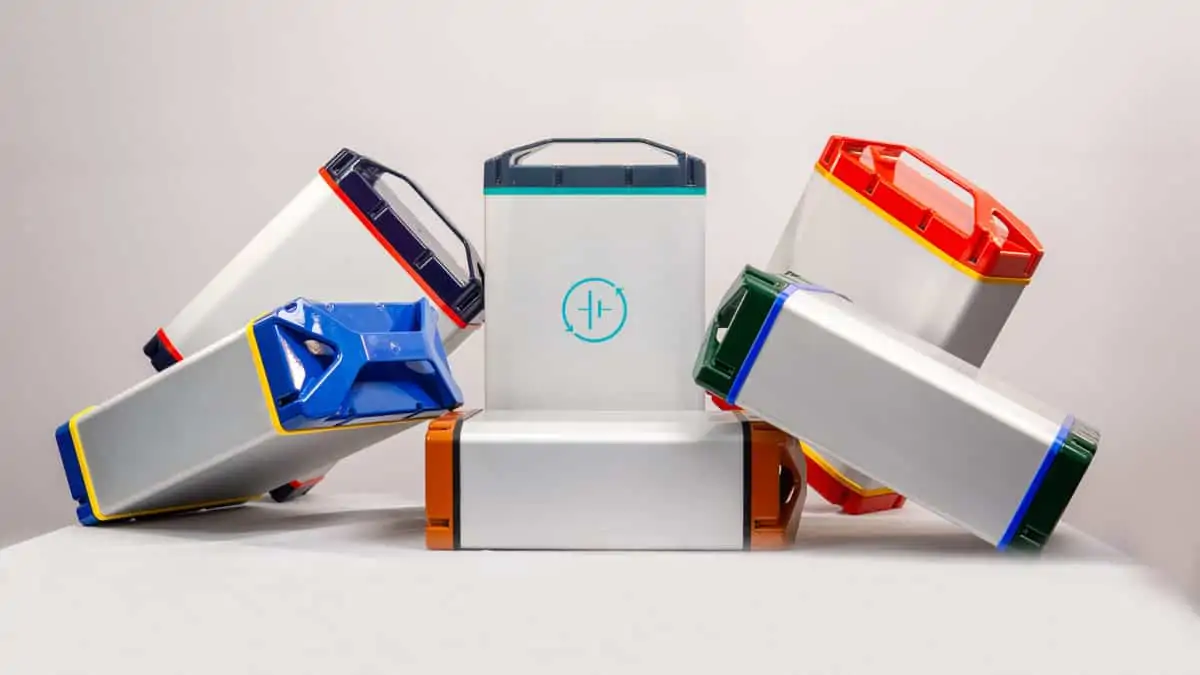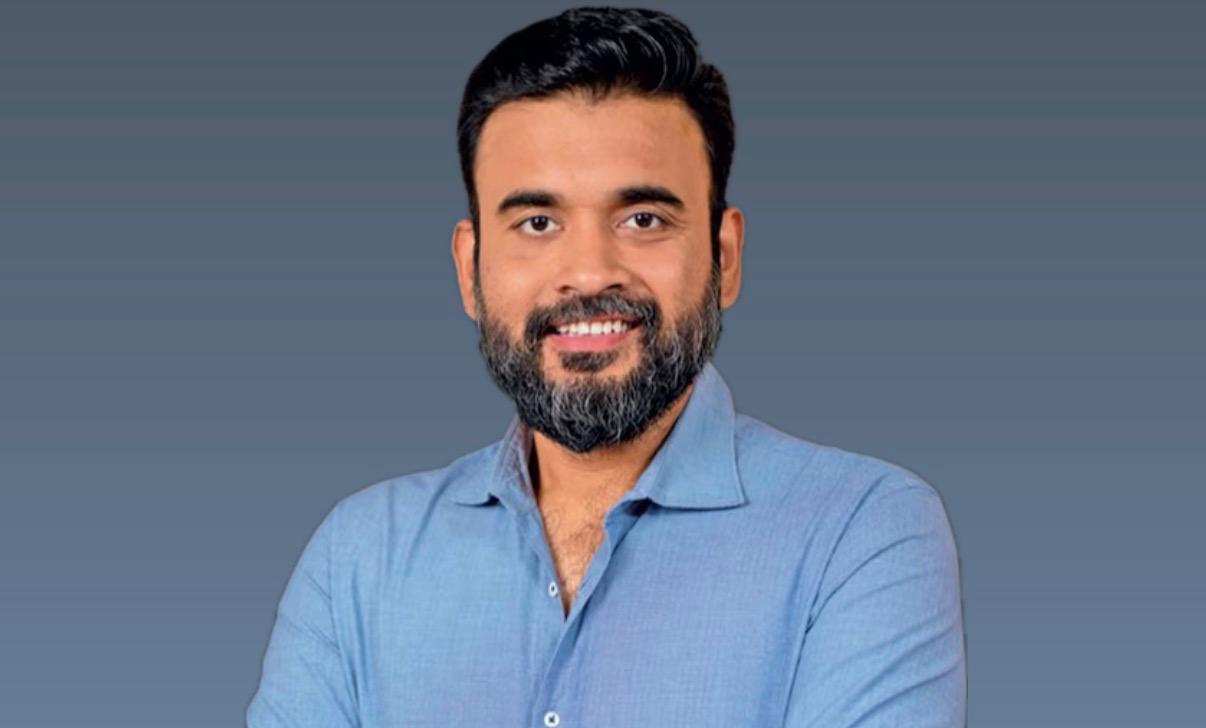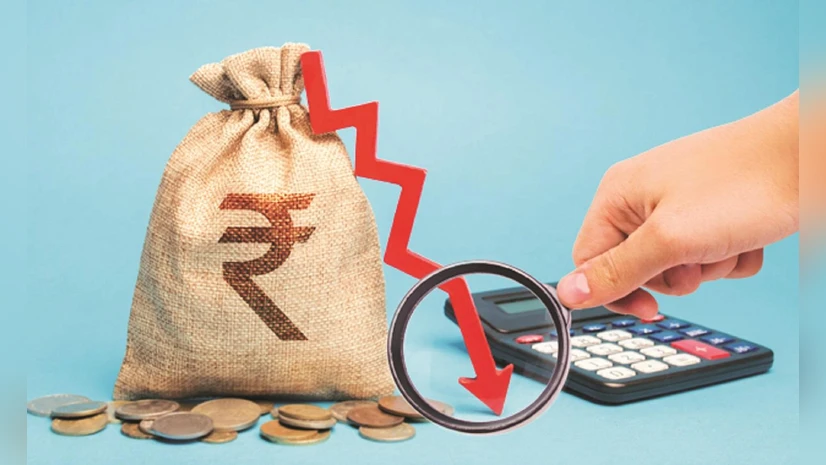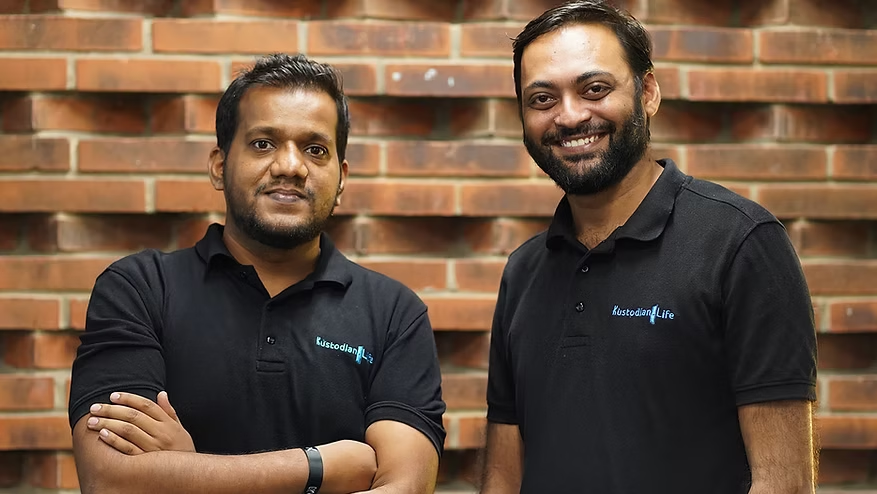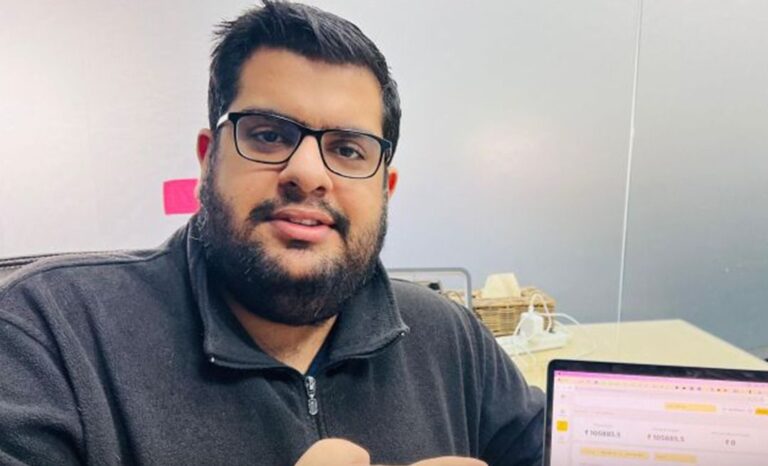Battery swapping, the practice of swapping a drained battery for a charged one in minutes is catching on fast, especially in Tier‑2 cities like Indore, Lucknow, Bhopal and Bhubaneswar. Recognising challenges with charging infrastructure and vehicle range, EV startups are shifting focus toward Battery-as-a-Service (BaaS) models, offering faster turnaround for last‑mile logistics and shared mobility.
Why Battery Swapping Is Gaining Momentum Now
Two big hurdles, long charging times and high upfront vehicle costs, continue to slow EV adoption in non-metro cities. Fixed charging stations are sparse beyond metro areas, leading to range anxiety among drivers. Swappable systems address both issues by enabling drivers to pay a subscription instead of buying expensive battery packs and swap depleted batteries in under three minutes. Studies suggest swapping can reduce delivery partner upfront costs by up to 40% and fuel costs to one-third of ICE alternatives.
Prominent Players Leading the Charge –
Chargeup
Based in Delhi and founded in 2019, Chargeup runs a rapid battery swap service for e‑rickshaws across Delhi and is now targeting Tier‑2 cities. Drivers can swap a battery within 2 km in just a couple of minutes, and the model lets them avoid heavy upfront battery costs. With over 100 swapping stations and a network of more than 800 drivers, Chargeup aims to scale operations aggressively in the coming year.
Esmito (Chennai / IIT-Madras)
Esmito provides a full-stack SaaS and hardware solution enabling third-party operators to run swap stations. Their system powers real-time battery safety and utilization analytics. Currently operational across Bengaluru and Hyderabad through a partnership with ElectricFuel, the plan is to scale pan-India within six months.
This startup has set up a 50 MWh battery manufacturing facility aimed at producing 30,000 swappable batteries annually. They have already run pilots using Rapido’s electric three-wheelers and intend to deploy broadly in Tier‑2 cities like Hyderabad and Tirupati by 2025. They were also the first in India to earn AIS‑156 Phase 2 certification for safety and performance.
Tier‑2 Cities: The Ideal Launchpad
Cities like Indore, Bhubaneswar, Lucknow and Jaipur offer a sweet spot: rising EV demand, manageable traffic density, and lower operational costs. With limited charging infrastructure in these zones, swapping stations make a lot of sense for fleets or gig-economy players. For example, Jaipur is now home to India’s first solar-powered swap station, built by Chargeup, which supplements up to 20% of energy needs from solar, reducing CO₂ emissions and grid dependence.
The Road Ahead
India’s draft battery swapping policy and interoperability standards could further accelerate scale-up, reducing fragmentation across manufacturers. As battery swapping grows, players like Gogoro and Honda, who plan to launch swappable battery systems soon, may enter Indian Tier‑2 markets, raising the game for local players .
Takeaways
- Charging gaps in smaller cities and range anxiety are driving adoption of battery swapping.
- Startups like Chargeup, Esmito, and RACEnergy are making tangible progress in EV fleets and e-rickshaw segments.
- Tier‑2 cities offer natural advantages for early scale-up, especially when combined with solar and BaaS infrastructure.
- Government support and standardisation will be key to meeting India’s ambitious EV targets.
Also Read: Ohm Mobility Shuts Down After Five Years, Founder Reflects on the Journey









